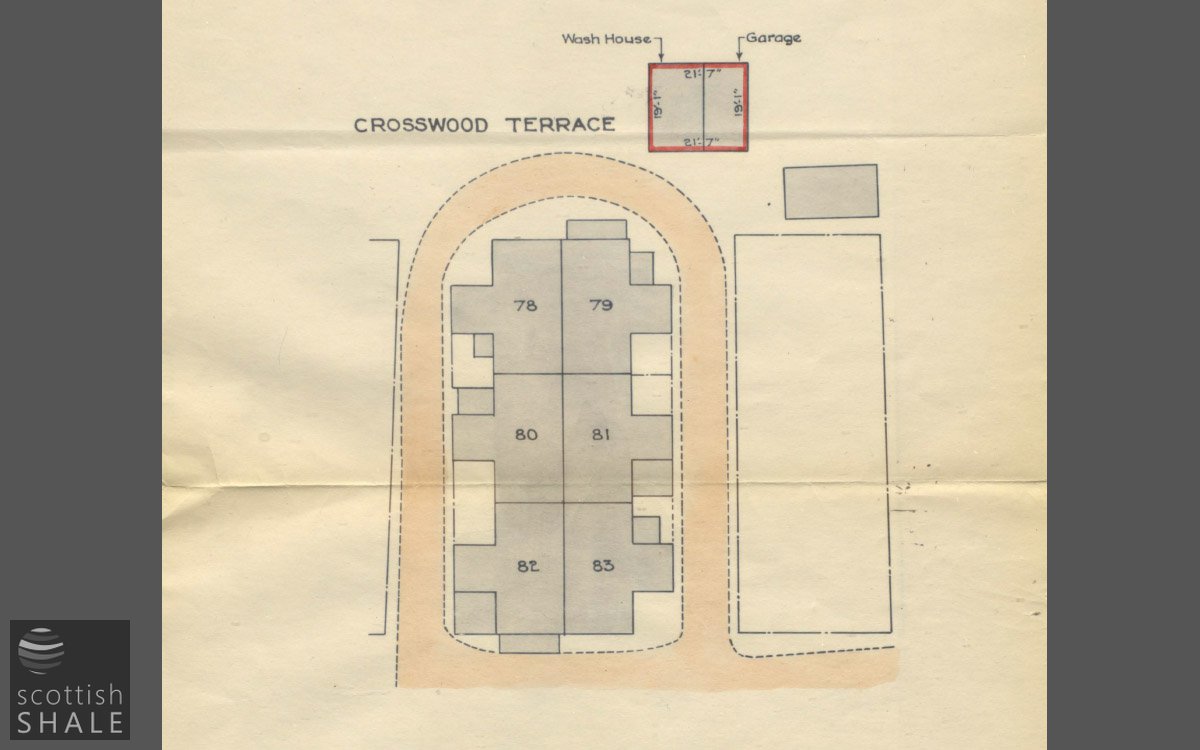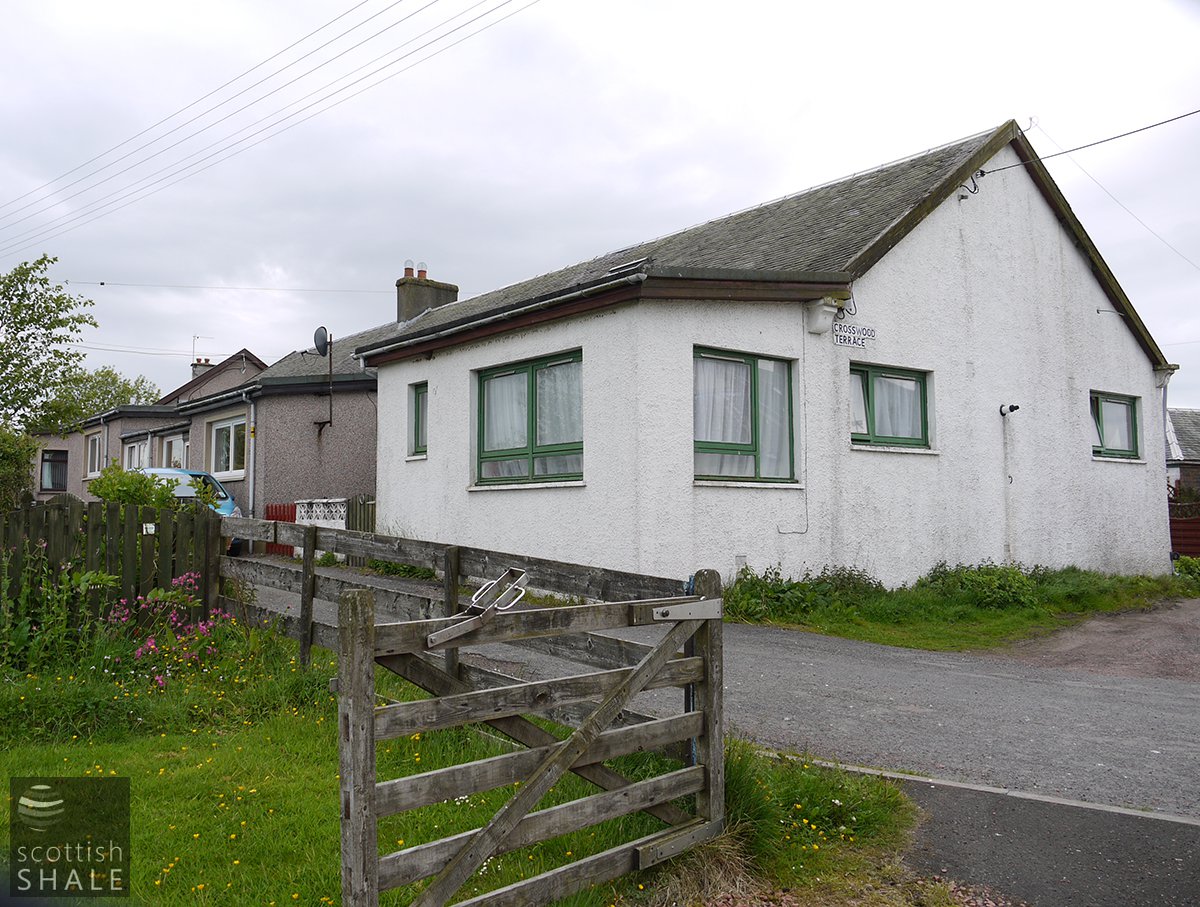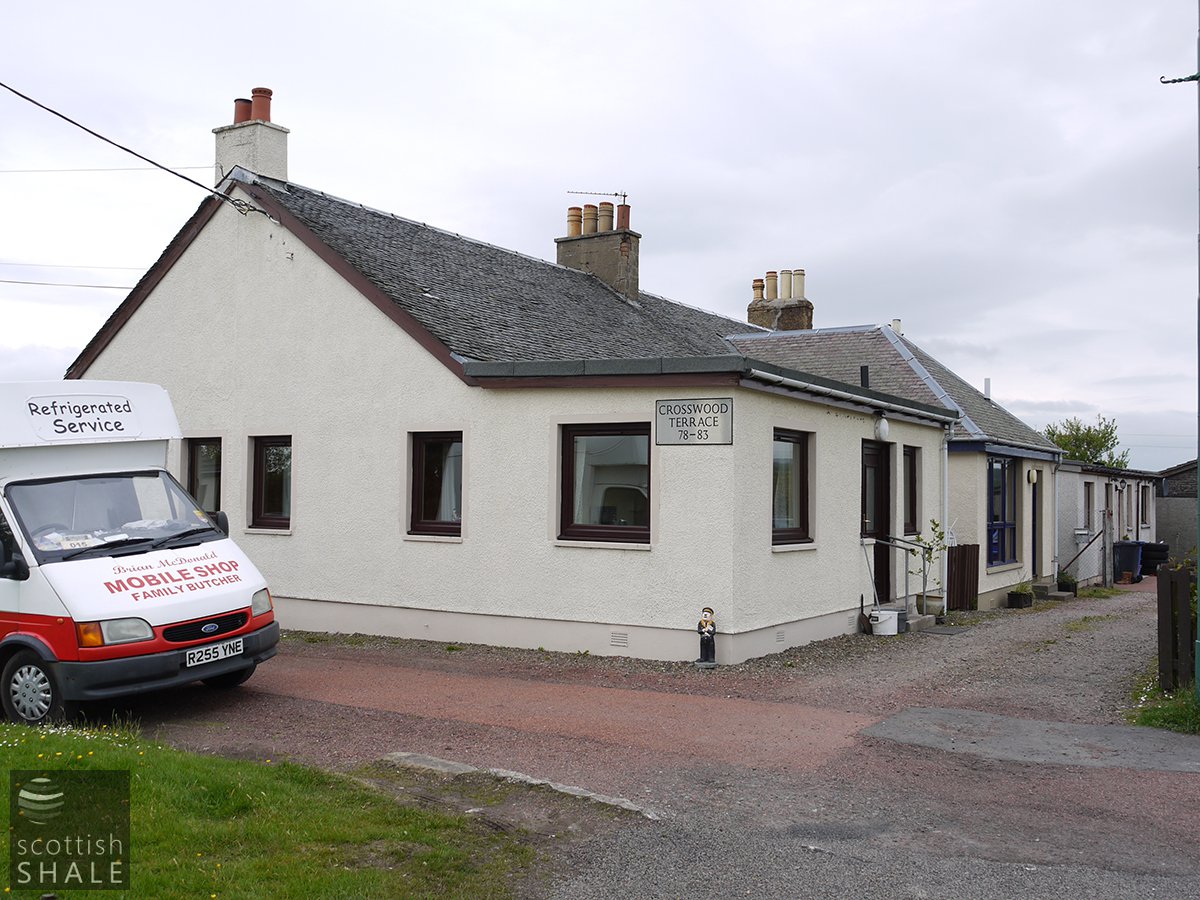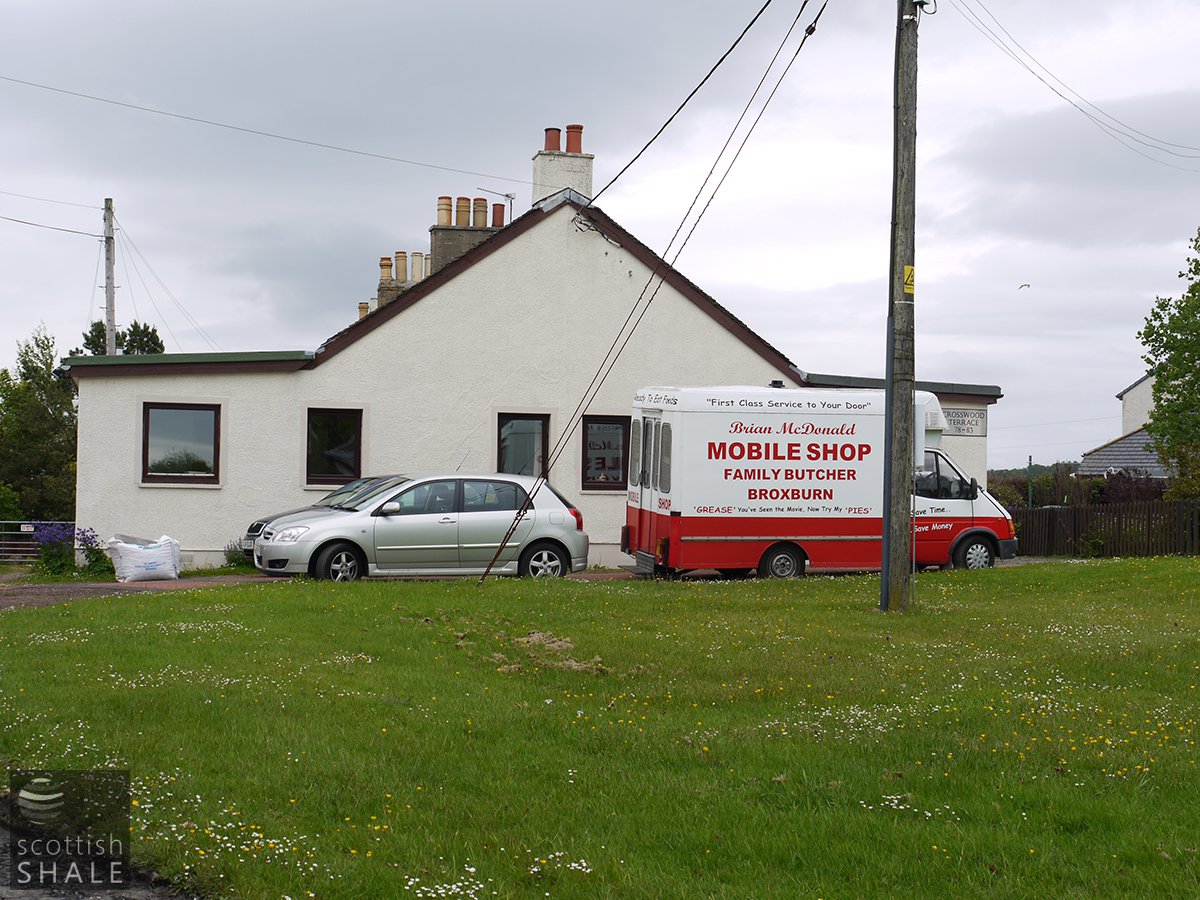- Addiewell village
- Addiewell - Muirhall villas
- Albyn Cottages
- Binnend village
- Bridgend Rows
- Broxburn Rows
- Broxburn - Steele's Rows
- Broxburn - villas
- Burngrange Cottages
- Burnside Cottages
- Cobbinshaw North village
- Cobbinshaw South village
- Dalmeny Rows
- Deans Cottages
- Dedridge Cottages
- East Hermand (village)
- Forkneuk Road, Uphall
- Gavieside village
- Gerson Park
- Greendykes Cottages
- Happy Land
- Hartwood Row
- Hermand New Rows
- Hermand Old Rows
- Holmes Cottages
- Holmes Rows
- Holygate
- Kingscavil Rows
- Kipsyke huts
- Livingston Station village
- Loaninghill Coattages
- Lochend cottages
- Straiton - Meadow Bank cottages
- Mid Breich Rows
- Midcalder - Penny's Buildings
- Middleton Hall - housing
- Mossend village
- Murchison Buildings
- New Holygate
- Newton Cottages
- Niddry Rows
- Oakbank village
- Oakbank Cottages, Westwood
- Redcraig cottages - Oakbank
- Straiton - Pentland Rows
- Philpstoun - The Avenue
- Philpstoun - Wester Pardovan Rows
- Pumpherston - Erskine Place
- Pumpherston - North Village
- Pumpherston - Pumpherston Road
- Pumpherston - South Village
- Pumpherston - Uphall Station Road
- Raeburn Rows
- Redhouse Cottages
- Roman Camp village
- Rosebery Cottages
- Seafield Rows
- Stable Rows
- Starlaw Rows
- Stewartfield Rows
- Straiton - Oakbank Cottages
- Tarbrax (village)
- Uphall Station Rows
- Uphall Station - Beechwood
- Uphall Station - Office Rows
- Uphall Station - Stankard Rows
- West Calder - Union Street & "Dalveen"
- Westerton Rows
- Westfield Rows
- Westwood (old rows)
- Winchburgh village
- Woolfords (new rows)
- Woolfords (old rows)
Tarbrax (village)
A remote community established to serve Tarbrax Oil Works. The ownership of the works changed hands on many occasions during the latter part of the 19th century, and there were several periods in which the works lay derelict and the population of the village substantially declined.
Evidence presented to the Royal Commission on Housing Conditions on 25th March 1914 stated:
Some 126 houses consist of room, kitchen, and scullery, with boiler, sink, and coal- cellar, and a water-closet for each tenant. The rents range from 2/10 to 3/3 weekly. There are also 120 houses consisting of room, attic, kitchen, scullery, with sink and boiler, and a water-closet for every two houses. The rental of this type of house is 4/- per week, inclusive of rates. A great number of the houses have cement pavement between each house. Some have gardens, with clothes poles at each corner, while others have greens surrounded by small wooden railings. There is a good drainage system, but the sewage is disposed of in a field much too near the village, and the prevailing winds carry a most objectionable smell over the village. The main street is lighted by the Company, and refuse is removed by them also. An Institute, with reading room, library, and rooms for games, is provided. The workers pay 1d. per week for its maintenance. Forty new houses have just been completed, which makes a total of 296. The population is 1571.
A sale notice dated 1870 records a manager's house, 12 workman's cottages and a wooden house capable of lodging 30 workmen. When the site was taken over by the Lanark Oil Company Ltd in 1883, 36 additional double houses were built. Further houses were built by the Caledonian Mineral Oil Company Ltd during the 1890's.
The 1897 OS map shows the village under the ownership of the Caledonian Mineral Oil Company Ltd. To the north of the Maidwin Burn, and in the shadow of the bing, there was a row of three two-storey blocks (North Terrace) each with six two-room homes on each level; perhaps the houses built by the Lanark Oil Company Ltdin 1883. A further two-storey building, marked "Public Hall" on the map, later served as the Co-op store. There were also six single-storey rows, each with six two-room homes. All of these buildings appear to have been demolished within a few years of closure of the works, although some of their foundations can still be discerned. To the south of the burn there were a further eleven blocks, of various lengths, all constructed as back-to-back homes. Two of these rows appear to house one-room homes, all others were two-room. A number of these Caledonian Mineral Oil Company Ltd houses survive substantially modernised and extended, now numbered 78-83, 89-102 and 103-106 Crosswood Terrace. A two-storey building, presumably a manager's house, also survives. Some new housing has been constructed on the plots of demolished properties.
The 1911 OS map shows the village under the ownership of the Tarbrax Oil Company Ltd following their construction of 88 new houses in a regular array at right angles, and on either side of, Tarbrax Road. The 11 blocks each contained eight two-room homes with scullery. A row of eight spacious home (Woodside Terrace) were constructed for foremen, and four detached villas for senior officials. An institute was constructed in the centre of the village. Other than Woodside Terrace and the villas, none of the Tarbrax Oil Company Ltd rows survive. The site of some of the rows to the west of Tarbrax Road has been used for new housing; the site of the rows to the west of the road is now planted with trees.
The 1956 OS map shows the six parallel new rows constructed c. 1913, at about the time that the Tarbrax Oil Company Ltd was absorbed by the Pumpherston Oil Company Ltd. Each row contained eight two-room homes with scullery. These survive as 241-248, 259-256, 257-264, 265- 72, 273- 280, and 281-288 Viewfield Road, in varying states of repair and extension.
Closure of Tarbrax Oil Works in 1925 brought enormous hardship to an area with few other sources of employment. Most of those of working age were forced to leave the village, many emigrating to New Zealand. Tarbrax historian John Kenneway (see references) recalls that many homes were sold in the 1930's as but and bens (holiday cottages) to those living in Glasgow or Edinburgh. During World War Two, Tarbrax became home to many families evacuated from the cities, whilst in the 1950's many houses were purchased by American aircrew based at Kirknewton. Even today, much of the frontier spirit lives on in Tarbrax.
Archive plans
Archive images
see full record LVSAV2018.066

See full record LVSAV1998.027

See full record R10-00287

See full record R10-00572

See full record R10-00570
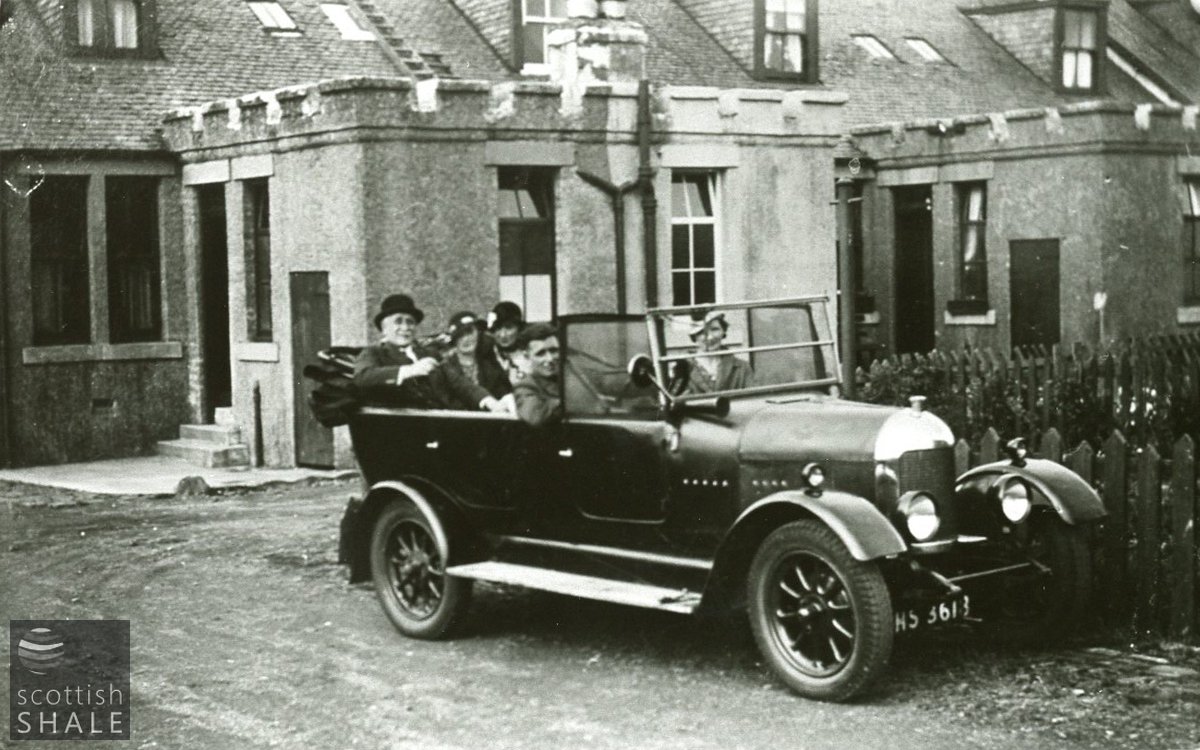
See full record R10-00568
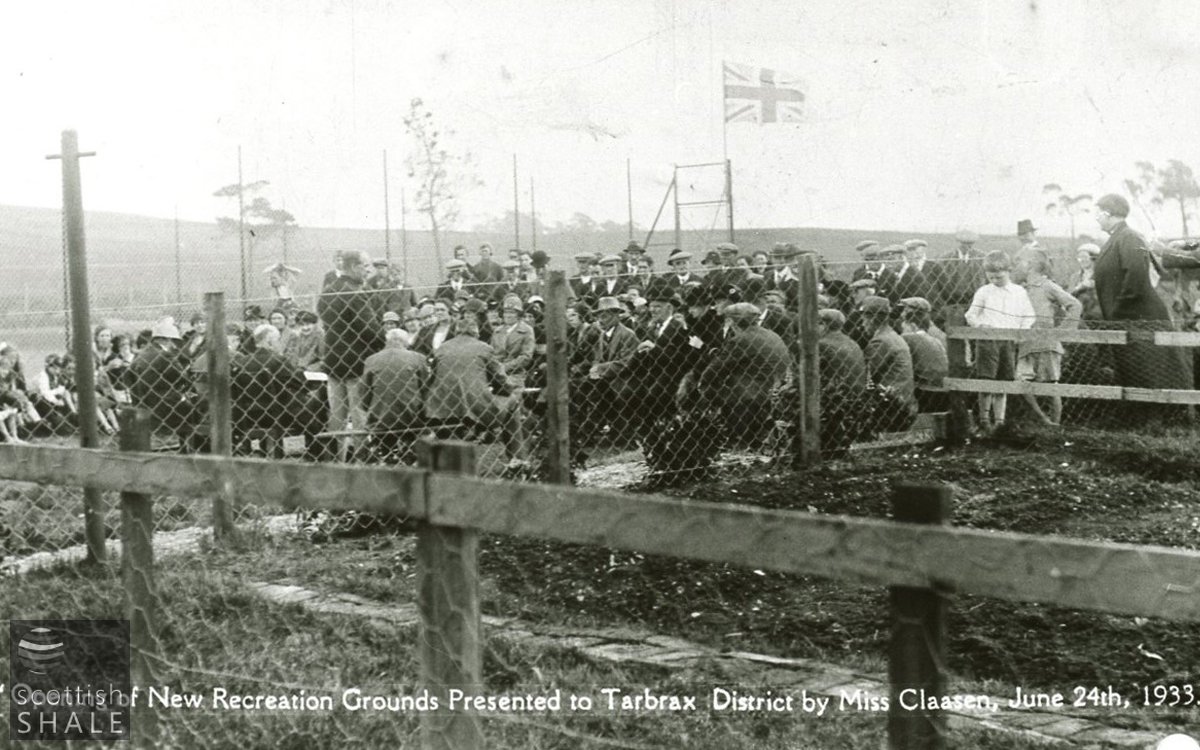

see full record R10-00039

See full record R10-00291
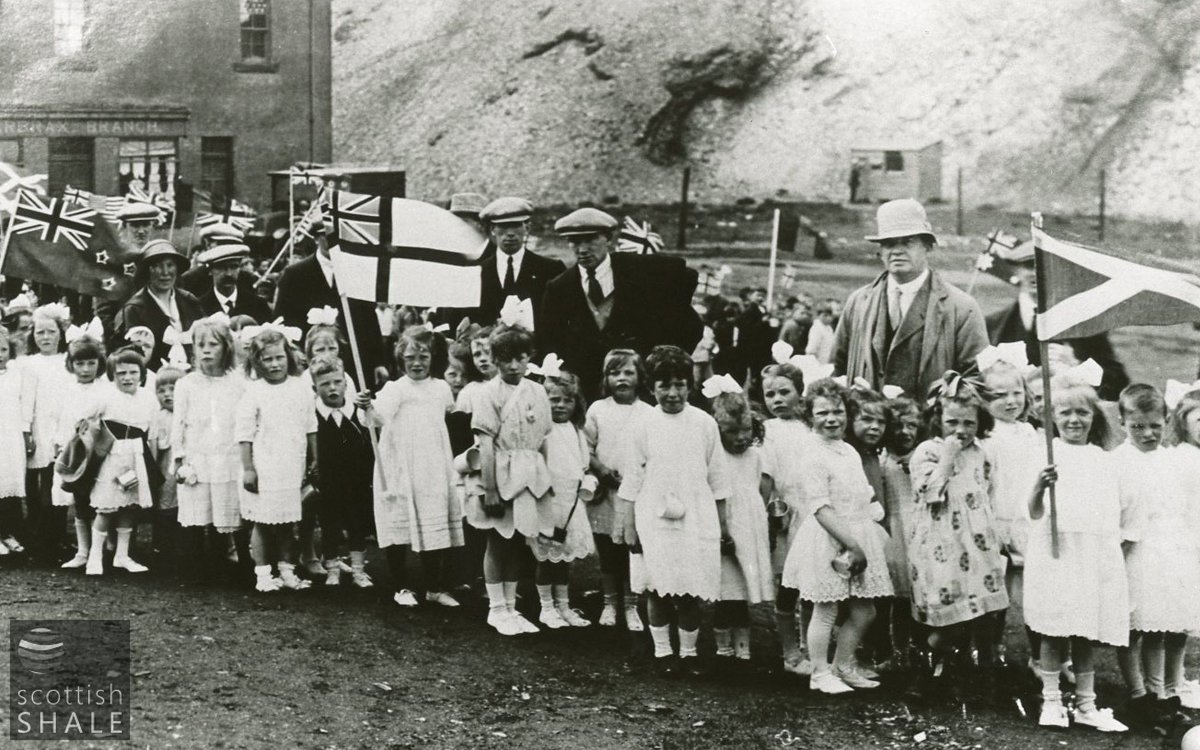
See full record R10-00294.001

See full record R10-00294.002
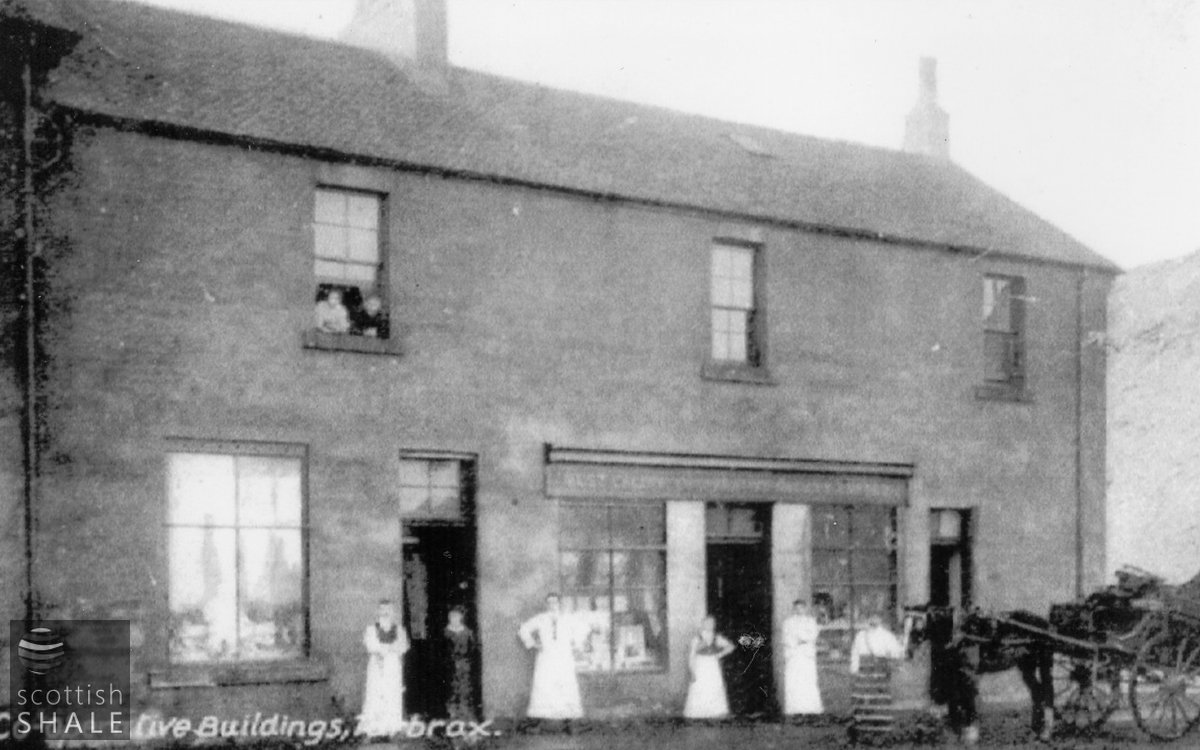
See full record R10-00001

see full record R10-00081
Recent images
Related archives
SITUATION AT TARBRAX: FACED WITH STARVATION.
As a result of the shutting down of the shale mines and retorts, many people in Tarbrax, one of the remote villages of the Upper Ward of Lanarkshire, are faced with starvation. Painful rumours regarding the destitute condition of many people reached Lanark on Saturday night (says a correspondent.) Workers from Tarbrax, to the number of nearly 400, marched in procession to Carnwath, nearly ten miles distant, on Thursday night last for the purpose of asking poor relief. Relief under the emergency clause of the Poor Law Act, which enables people in a state of absolute destitution to get relief, has been given to a number of people in Tarbrax on the recommendation of the doctor there. A meeting of Carnwath Parish Council has been called for today to consider the whole situation.
Scotsman, 7th December 1925
- Oral history transcript: Mr & Mrs Crilly
- 143334 - Disposition - Crosswood Terrace, Lawhead, Tarbrax - Disposition by BP Oil Grangemouth Refinery Limited (formerly named Scottish Oils Limited) with consent ut intus in favour of Gordon Forbes Rennie land (0.195 acres decimal) at Crosswood Terrace, Lawhead, Tarbrax. Plan included showing land to be disponed marked at Crosswood Terrace. dated 1976. Typewritten.
- 194811 - Disposition - Lawhead Croft, Tarbrax - Disposition by Scottish Oils Limited in favour of John Stevenson Hutchison. Dated. Recorded 1933 of 1.628 acres forming Lawhead Croft, part of the lands of Lawhead, Tarbrax. Miller Thompson Henderson & Co. Deposition records the sum of £150 (Sterling) paid by John Stevenson Hutchison, a retired carpet weaver, to purchase the Lawhead Croft at Tarbrax, lying in the Parish of Carnwath and County of Lanark. Deposition mentions a specific point A marked on a plan, but no plan is attached to the deposition. It covers all of the elements included in the sale such as the dwellling house, and other whole buildings but with exception of the rights to any coal, ironstone, fireclay, marl, shale and limestone and all mines, metals, minerals and stone or every description which may be found in or under the plot of land involved in the sale. The rights of these will be retained by Scottish Oils Limited. John Stevenson Hutchison is also required to pay an annual fee of £1 to Scottish Oil Limited for his water supply, which will not be guaranteed. The deposition is marked to be signed by W. Fraser, Director, Robert Crichton, Director and R.W. Meikle, Secretarty. Typed written document.
- 143377 - Disposition - Plot of ground next to No. 240 Tarbrax - Disposition by BP Refinery (Grangemouth) Limited (formerly Scottish Oils Ltd) with consent in favour of William James Marshall - Plot of ground (.387 acre) at TArbrax, next to no. 240 Tarbrax, dated 1965. Includes undated plan of Lawhead Farm with the area referred to in the disposition highlighted in red. Scale: 1"=100'
- 143376 - Disposition - part of the Lands of Lawhead, Tarbrax (Workman's Houses) - Disposition by Thomas Skene Esson and George Francis Dalziel in favour of The Education Authority of the County of Lanark (7th February, 1921) of 7.09 acres part of the lands of Lawhead, Tarbrax and others; Copy of Feu Contract between Scottish Oils Ltd and The Pumpherston Oil Company Limited dated 27th April, 1929 of plot of ground containing 2.03 acres, part of the Lands of Lawhead, Tarbrax (Workmen's Houses) - houses 241-288; Copy of Feu Contract between Scottish Oils Ltd and The Pumpherston Oil Company Limited dated 27th April, 1929 of plot of ground containing 2.03 acres, part of the Lands of Lawhead, Tarbrax (Workman's Houses) - houses 241-288; Feu Contract between Scottish Oils Ltd and The Pumpherston Oil Company Limited dated 22nd January, 1930 of plot of ground containing .250 acre part of the Lands of Lawhead, Tarbrax, Nos. 78/83.
- 143374 - Feu Contract - part of the lands of Lawhead, Tarbrax (Workmen's Houses) - Feu Contract between Scottish Oils Ltd and The Pumpherston Oil Company Limited of plot of Ground containing 2.03 acres, part of the lands of Lawhead, Tarbrax (Workmen's Houses 241-28), dated 27th April, 1929.
- 143358 - Disposition - Washing House and Garage at Crosswood Terrace, Tarbrax - Disposition by BP Refinery (Grangemouth) Limited with consent in favour of Major Ivor Archibald Stirling McEwan, Washing House and Garage at Crosswood Terrace, Tarbrax, Carnwath, Lanarkshire, dated 1966. Includes 2 identical plans of the area referred to in the disposition highlighted in red. Scale: 1"=20'
- 143336 - Disposition - garden ground at 264 Viewfield Road, Tarbrax. - Disposition by BP Oil Grangemouth Refinery Limited to James William Muir, 242 sq. yards of garden ground at 264 Viewfield Road, Tarbrax. Dated 15th May 1973. Includes two copies of plan showing houses at Viewfield Road and piece of ground marked in red. Scale 1" to 40'.
- 143338 - Disposition - garden ground at 265 Viewfield Road, Tarbrax - Disposition by BP Oil Grangemouth Refinery Limited in favour of Thomas William McConnell, 0.23 acres of garden groundat 265 Viewfield Road. Dated 22nd December 1976. Type written. Includes two copies of plan showing houses at Viefield, Tarbrax with area marked in red. Scale 1" to 40'.
- 183520 - The Tarbrax Oil Company Limited, Leases and Agreements, Works Department. Dated 1904-1912. - The Tarbrax Oil Company Limited, Leases and Agreements, Works Department. Lease and agreement book recording details of leases and agreements. First recorded date is 13th December 1904, and the final date recorded is 18th March, 1912. Contains 284 pages, 55 contain information, the remainder is blank.







